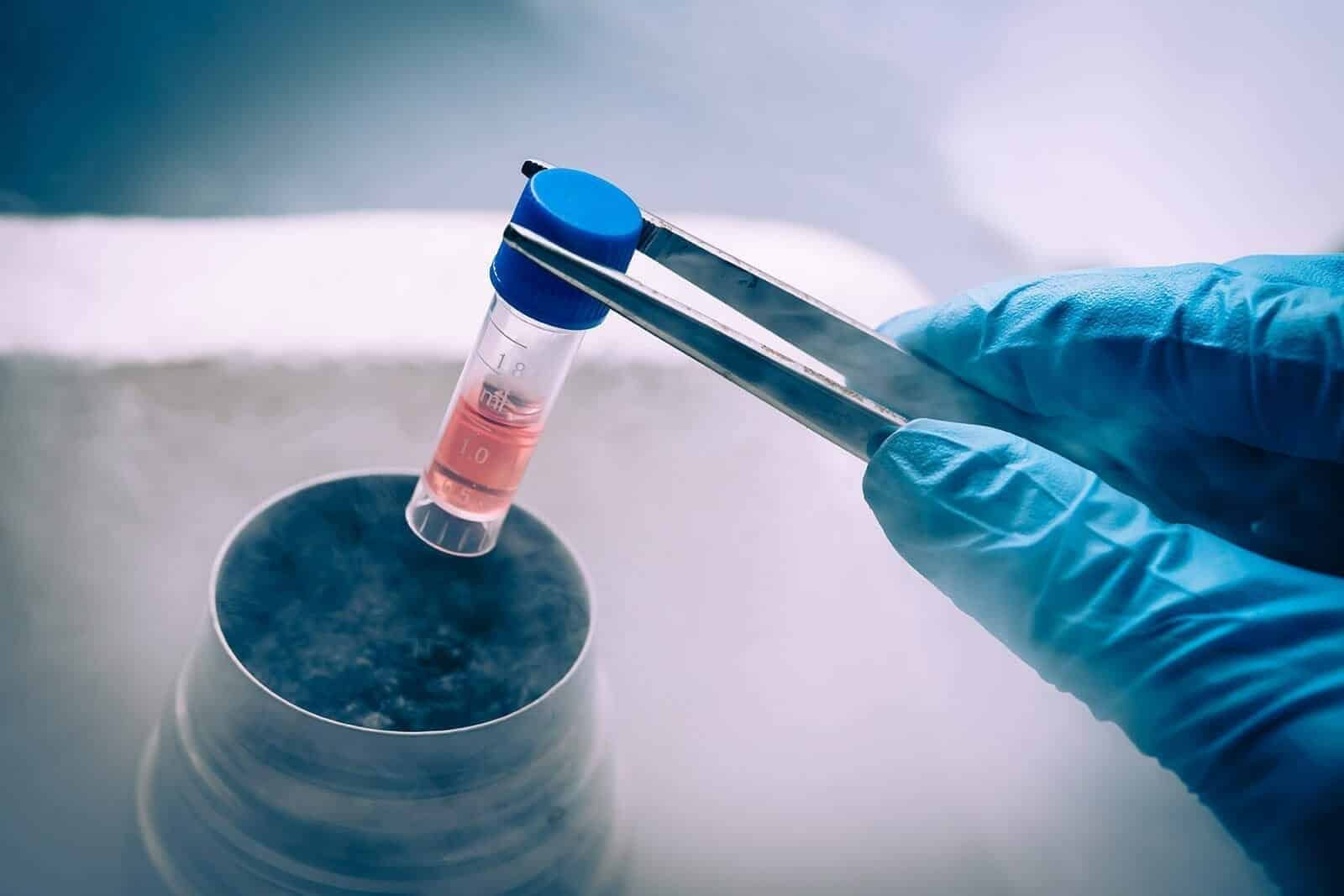Over 25,000 hair cells exist in the cochlea, an organ in the inner ear. These cells are extremely important to the process of hearing, as they detect and respond to sound, transmitting nerve signals to the brain. Unfortunately, hair cells are also sensitive and unable to regenerate. Exposure to loud noises, aging, infections, and drugs can all inflict permanent damage on these vital structures.
Research on stem cells and hearing loss has focused on the potential for stem cells to develop and function as hair cells. Scientists have discovered the presence of stem cells in the inner ears of mice, chicks, and zebrafish (source). Under the right conditions, the stem cells can develop into cells that are remarkably similar to hair cells. The question is, can we transfer this amazing ability to humans?
Although a cure does not yet exist, the results obtained thus far are promising. Researchers at Stanford Medicine, Rutgers University, MIT, Brigham and Women’s Hospital, and Massachusettes Eye and Ear have all been making progress with research involving stem cells and hearing loss. In addition, scientists at Kyoto University in Japan have conducted research that may help with hearing loss and tinnitus.
Stanford Initiative to Cure Hearing Loss
Researchers at Stanford Medicine are working to develop a biological method to repair the cochlea and treat hearing loss. Their approach involves the surgical placement of stem cells within the cochlea, which then develop and function as hair cells. In their laboratory, they have mimicked the formation of embryonic mouse ears to create stem cells that look and act like hair cells. If millions of hair cells could be produced in the ear, this research could restore normal hearing to people afflicted by hearing loss.
The key may be induced pluripotent stem cells (iPS), “adult cells, taken for example from a patient’s own skin that have been genetically reprogrammed to revert back to stem cells.” These cells would allow the treatment of hearing loss using the patient’s own cells. Embryonic stem cells also present an exciting opportunity for progress.
The team at Stanford is currently attempting to produce human hair cells in a culture dish, which would be a revolutionary achievement and could lead to effective hearing loss therapy through cell transplantation.
Rutgers University-New Brunswick
Scientists at Rutgers University-New Brunswick are also working with inner ear stem cells, converting them to auditory neurons and potentially reversing hearing loss. The challenge is controlling the division of the stem cells; if they divide too quickly, they pose a cancer risk. Currently, researchers can control the stem cells in a Petri dish.
The study relies on the gene NEUROG1, which the scientists overexpress to transform the inner ear stem cells into auditory neurons. Due to its potential for proliferation, researchers must be cautious when working with this gene. Managing the chromatin state of the targeted genes can reduce this dangerous tendency to rapidly reproduce.
MIT, Brigham and Women’s Hospital, and Massachusetts Eye and Ear
Researchers at MIT, Brigham and Women’s Hospital, and Massachusetts Eye and Ear stumbled upon their research with stem cells and hearing loss. While studying intestinal cell regeneration, they noticed a similarity between intestinal stem cells and the cochlea’s structural support cells. They conducted a test to explore whether regeneration would work in the cochlea as it had in the intestines, and their theory proved correct. This discovery could help reverse sensorineural hearing loss. Although the treatment will require more research, testing, and approval by the FDA before it hits the market, the researchers are optimistic and predict that the drugs will be injected into the middle ear.
Kyoto University
Finally, researchers at Kyoto University discovered a new way of applying stem cells that prevents their deaths. “Stem cells often die due to failure to bypass the glial scar, a hallmark of neural damage that is thought to act as a barrier for cell transplantation”. The scientists found that applying the stem cells to the surface of the glial scar instead of underneath it helped them survive. The cells grew from the damaged segment of the auditory nerve, which carries information from the cochlea to the brain, and could help restore auditory function. Tinnitus sometimes results from an issue with the connection between external sound and the central nervous system, which is often caused by damaged hair cells in the cochlea. Thus, restoring this connection through stem cell transplantation could eliminate tinnitus.
_____
Keep an eye out – or should I say keep an ear out? – for future news regarding the connection between stem cells and hearing loss. Although the discoveries are exciting, a lot more research must be done to address the issues presented by stem cells. Scientists must find a way to prompt stem cells to differentiate in the ear without allowing them to die or grow uncontrollably. This solution isn’t perfect yet, but the future looks bright for stem cells and hearing loss.
If you are experiencing hearing loss, tinnitus, hyperacusis, or another auditory issue, please contact the Sound Relief Hearing Center. We are a family-owned practice, so we always have the patient’s best interests at heart, and our state-of-the-art technology ensures that our patients receive the best treatment available. With our unparalleled excellence in the hearing industry, our dedication to patient satisfaction, and our commitment to helping people control and conquer their hearing issues, you can count on Sound Relief Hearing Center for support and assistance.
To learn more about us, please browse our website, visit our Youtube channel, or give us a call at 720-344-7600. You can also schedule an appointment online to meet with one of our audiologists. We look forward to hearing from you!

